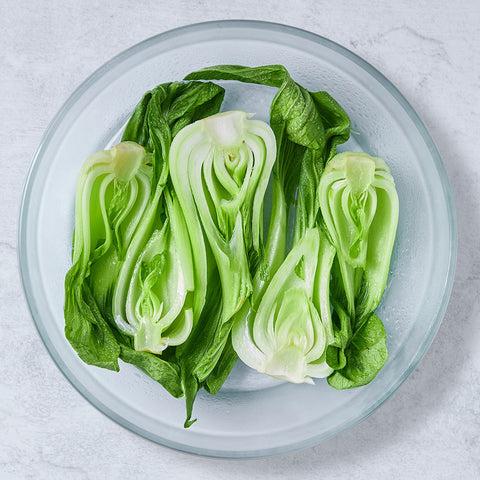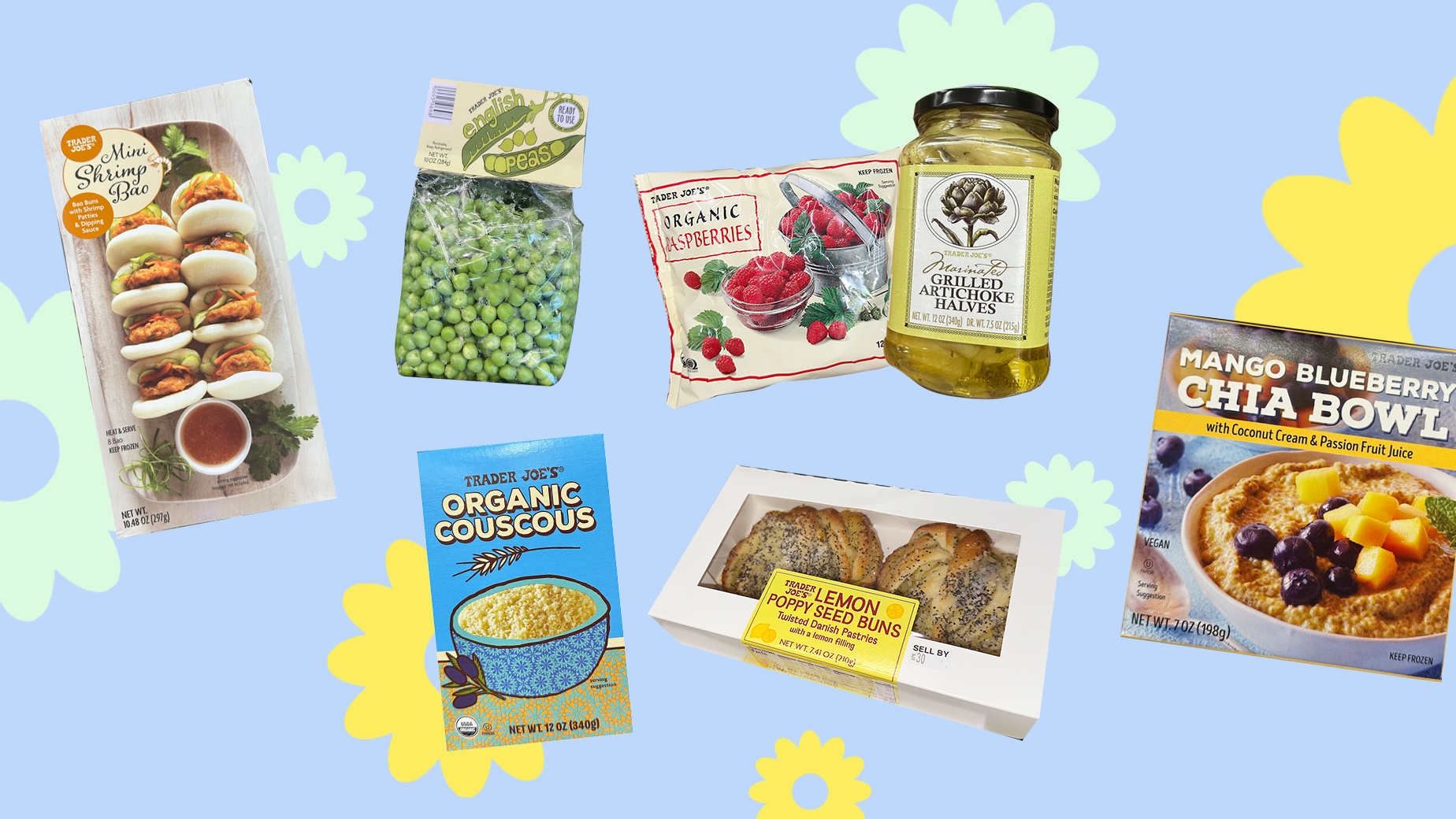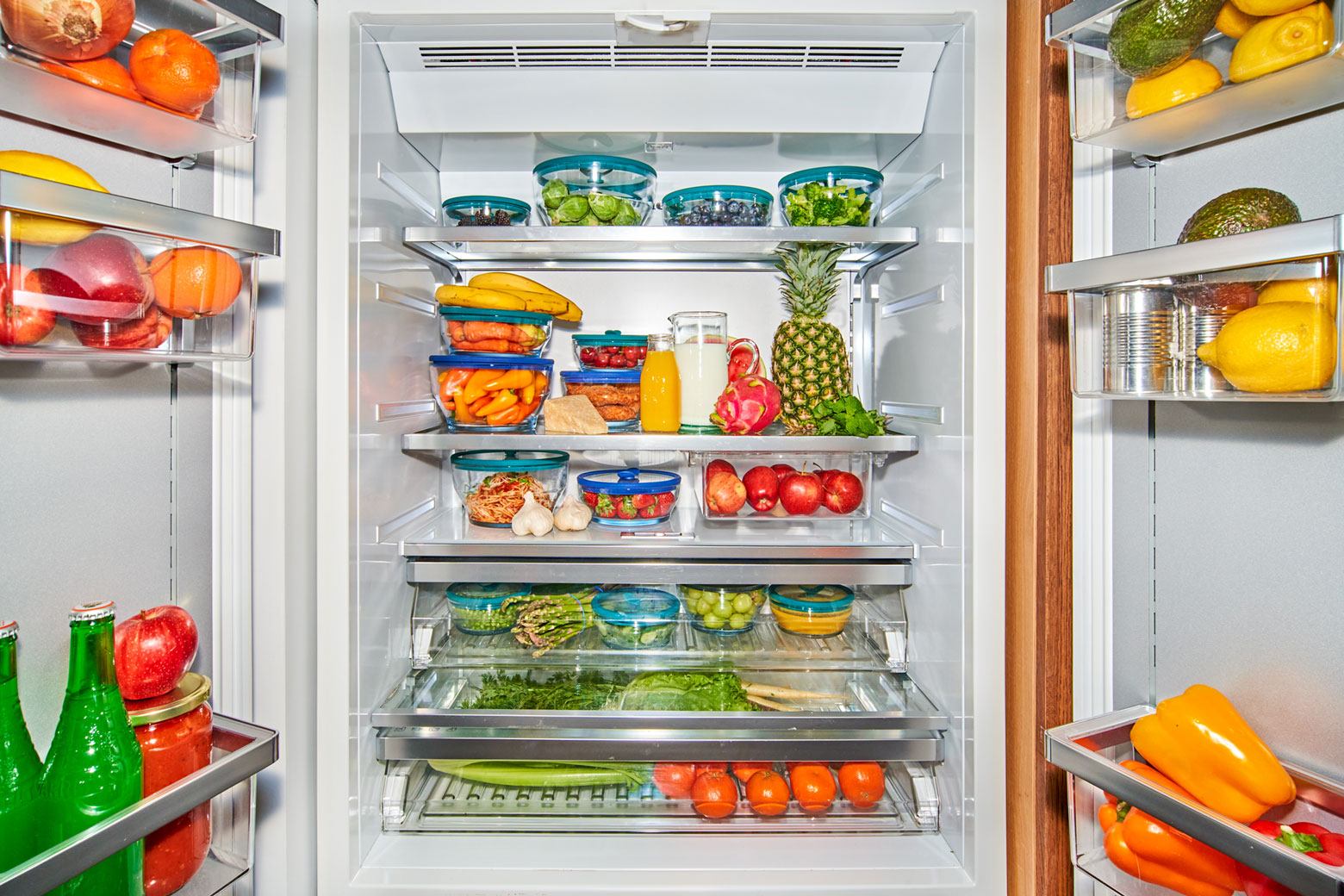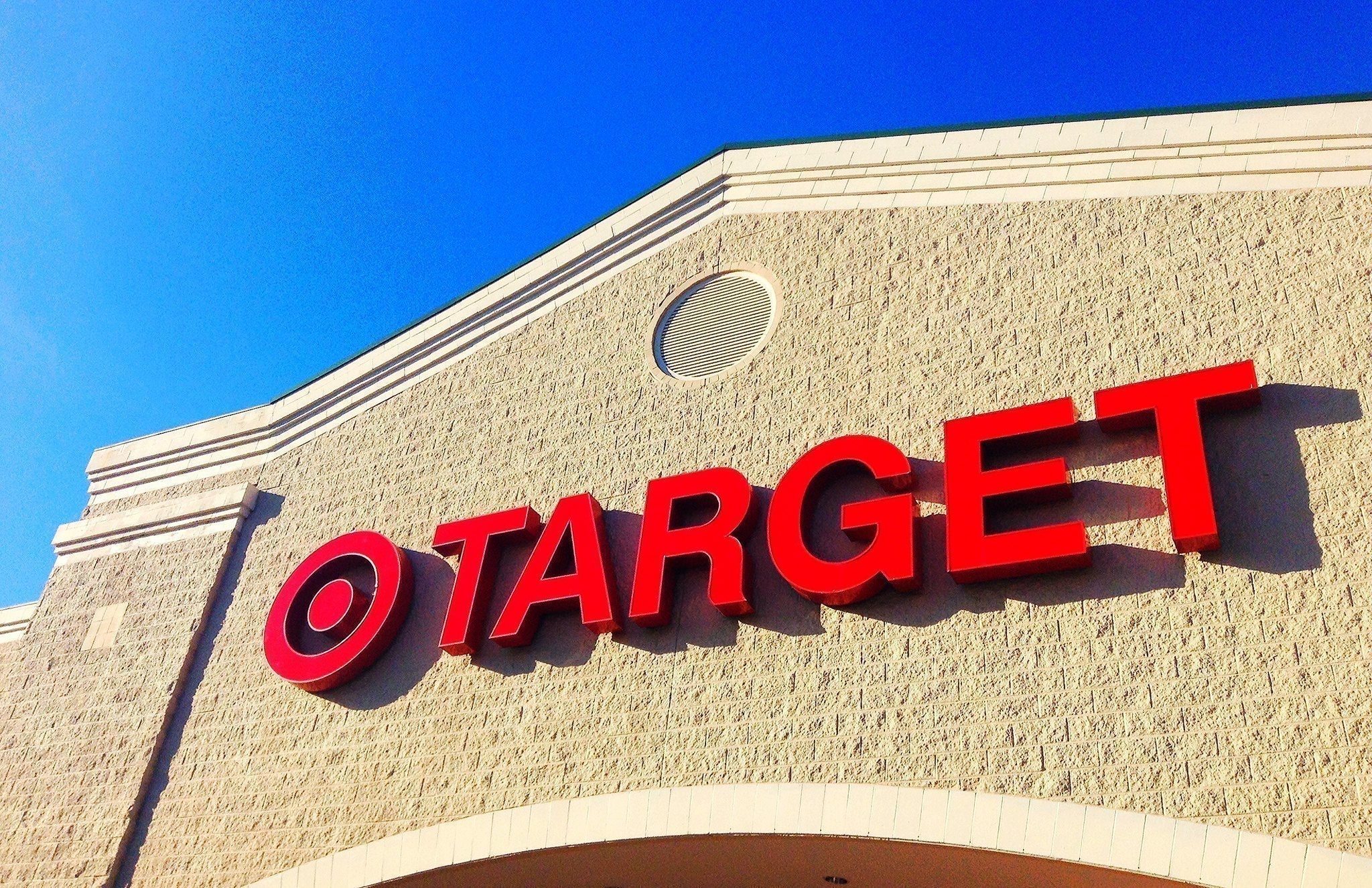As a microwave cookware company, we understand that there are some people who are hesitant to use the microwave. Why? Because some folks believe that the microwave is unsafe. But we want to assure you that the microwave is 100% safe to use to cook delicious food and save you time!
We have done plenty of research on this topic and consulted with trusted sources like the World Health Organization, the Food and Drug Administration, and researchers from Harvard and Cornell University. They all provide scientific evidence that the microwave is completely safe – nothing to be afraid of.
Unfortunately, there is still a lot of misinformation out there about microwaves, and it can be hard to know what to believe. (Just take a look at our Facebook comment section for a glimpse into the microwave’s not-so-great reputation!) We've seen many unverified sources spreading myths about the microwave, and it can be frustrating to see these myths continue to be perpetuated. We want to set the record straight once and for all, so that people can use their microwaves with confidence.
Here are the most common myths about the microwave — and what’s actually true:
Myth: Microwaves are radioactive.
Reality: The long-maligned microwave is just misunderstood! Microwaves are a type of non-ionizing electromagnetic wave, just like light or radio waves, which means they’re not damaging to our cells. How does it work? Actual microwaves are absorbed by the water, fat, and sugar molecules in your food, which cause them to vibrate and heat the food from within. This differs from other heating methods like the stovetop or oven, which heat food via air from the outside in. When you cook with a microwave, friction is actually cooking your food!

Myth: Microwaves ‘nuke’ nutrients.
Reality: Here’s where those researchers from Harvard and Cornell University come in! Contrary to popular belief, microwaves actually preserve more nutrients in your food compared to other cooking methods (including the oven, stovetop, grill, or boiling). This is because microwaves have been proven to cook food for the shortest amount of time, at a lower temperature, and use less water (which can cause nutrients to leach out), than other methods.
Myth: Microwaves are only for reheating leftovers.
Reality: 90% of American households have a microwave, but most only use it to reheat leftovers and coffee. But believe it or not, you actually can use your microwave to cook from scratch. Think of your microwave as a super-powered steamer, ideal for preparing simple ingredients and meals in a fraction of the time. We're talking purées, simple steamed veggies, meat, eggs, and fruit, and SO much more. Microwave cooking is also effective at many water-based cooking techniques such as poaching, braising or stewing. Once you understand how to tap into its full potential, the microwave is the kitchen side-kick/ sous chef/personal assistant you’ve been longing for.
Myth: Microwaves are for lazy people.
Reality: While a lot of home cooks need extra convincing that the microwave does more than reheat coffee, it’s actually a tool that a ton of professional chefs already leverage! There’s a slew of reputable chefs and food experts (i.e. David Chang, Melissa Clark, J Kenji Lopez-Alt, Wylie Dufresne, Mark Bittman, and Helen Rosner) who are big proponents of microwave cooking. There is no shame in using the microwave, especially when you know how to unlock its potential like the pros.

Now that we've busted these common myths (and learned the truth about microwaves), you can rest easy. Your microwave cooking journey starts now with Anyday microwave cookware! We have all the tools to get you started on saving time in the kitchen.
Looking for more information about microwave cooking? Browse our 300+ microwave recipes and our blog for everything you need to know about cooking fresh, from-scratch food in your microwave.





Share:
How to Reheat Leftovers in the Microwave
How to Microwave Food For Babies & Toddlers